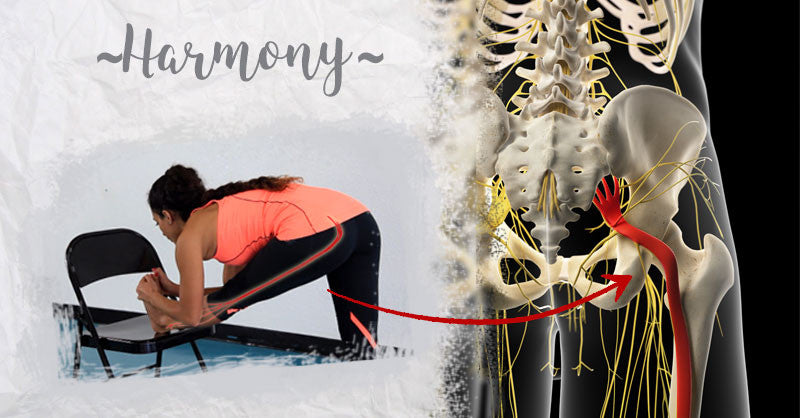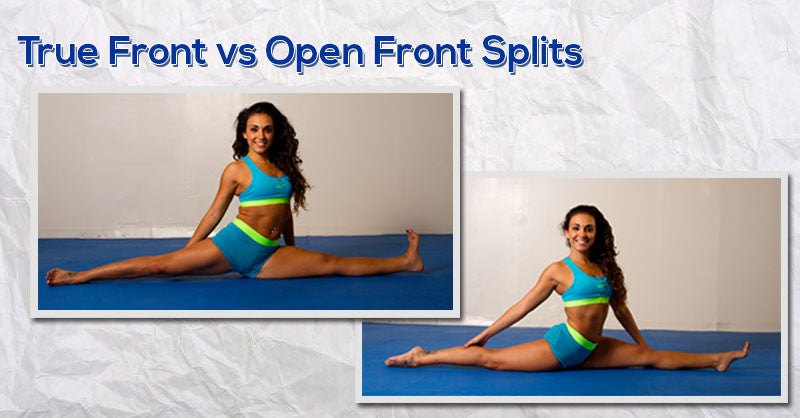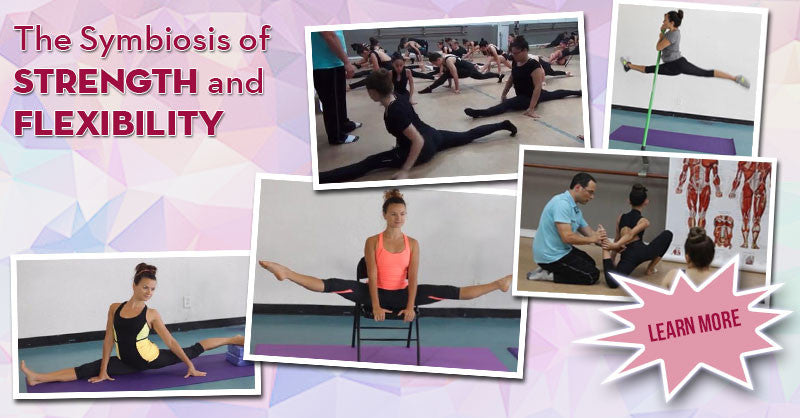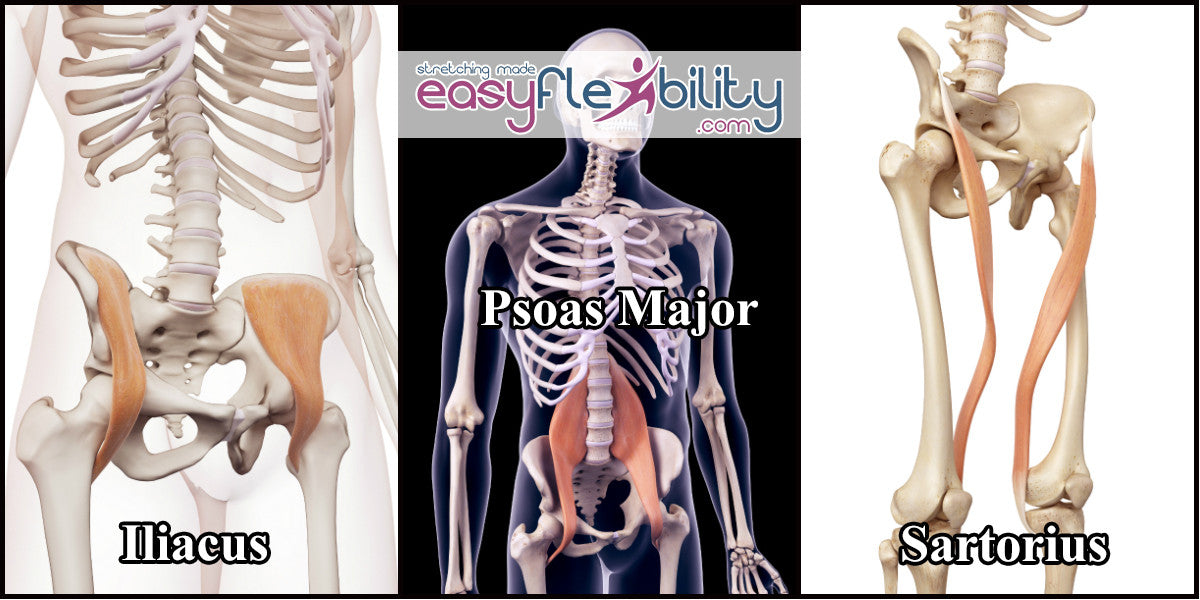Strength in Flexibility: Foot & Ankle – PART 1
Posted by EasyFlexibility Team on
Every day, millions of people wake up, drive to work, run errands, and take part in various other activities. But as a dancer, “being on your feet” all day takes on a whole new meaning. To a dancer, movement is life. The thought of a foot or ankle injury is unbearable and in many cases, injuries to these areas can be career-ending. Therefore, it is important to both stretch and strengthen these priceless assets to avoid any mishaps.
The foot and ankle take quite the beating on an everyday basis as they absorb shock and also help to support your entire body from the bottom up. Add a rigorous dance routine and there will inevitably be even more stress. While feet come in every shape, size, and color, their composition is the same.

On the diagram above, the plantar fascia is noted in blue. Plantar fascia is the tissue or ligament that connects your heel to the toes along the arch of the foot. The tighter the plantar fascia, the higher the arch will appear when standing flat. Those who have flat feet simply have looser fascia, but this does not mean a beautifully arched foot cannot be achieved. In fact, most dancers who have a “banana foot” have worked the flexibility along the top and sides of the foot and ankle rather than just focusing on the arch itself.
It has been a strange, yet effective practice to stretch the top of the foot with the old foot-under-the-mattress method, but there are many others that will provide a more well-rounded stretch. As seen in the Foot and Ankle Flexibility program, check out this stretch that highlights the lateral (outside) and medial (inside) borders of the foot:
- Sit on the floor with both legs extended front.
- Hug one knee into the chest with a flexed foot and wrap hands around the ball of the foot.
- Gently pull back and hold for 15-30 seconds with even pressure on both edges of the foot. Repeat with other foot.
- Resume the original position, this time inverting the foot.
- Pull the toes back and hold for 15-30 seconds.
- Evert the same foot and pull the toes back and hold for 15-30 seconds.
- Repeat inversion and eversion on other foot.

Now for some strength! Flexibility is an absolute necessity when it comes to dance, but strength is of equal importance. Since the foot and ankle are the base for about 99% of all movement, the muscles involved need to be especially strong to support those thirty-two fouettés.
The Importance of a Strong Relevé
The action of rising onto the ball of the foot or even up fully en pointe engages the gastrocnemius, tibialis anterior, extensor and flexor digitorum longus, and peroneal muscles. All of these work in harmony along the calf to stabilize the ankle. At the barre, practicing dozens of relevés may seem tedious, but this resistance exercise is such an effective strengthener, those who repeat it on the regular will see drastic results!

The Foot and Ankle Flexibility program provides some other variations on the classic relevé to help mix up a potentially boring barre routine. These techniques are unlike any other programs out there, using the unique concept of “target and leverage” to reach maximum potential. This means less force is needed to achieve the desired position! As the lever moves in and out of the same position, the target is able to sink deeper into its range of motion.
Here is a preview of a few exercises you will learn in our Foot and Ankle Flexibility Program:
Give these new exercises a try and test your strength. The more repetitions accomplished, the stronger the foot and ankle! For solutions to some of the challenges a dancer may face, tune in for PART TWO of Strength in Flexibility: Foot & Ankle.
Start today with our Foot and Ankle Flexibility Program by clicking the photo below:
© ElasticSteel Corp., EasyFlexibility, Paul Zaichik, et. El., 2022. No part of the materials available through ElasticSteel.com, EasyFlexiiblity.com, site may be copied, photocopied, reproduced, translated or reduced to any electronic medium or machine-readable form, in whole or in part, without prior written consent of Paul Zaichik EasyFlexibility.com, Elasticsteel.com.. Any other reproduction in any form without the permission of Paul Zaichik EasyFlexibility.com, Elasticsteel.com is prohibited. All materials contained on this site are protected by United States copyright law and may not be reproduced, distributed, transmitted, displayed, published or broadcast without the prior written permission of Paul Zaichik, EasyFlexibility.com, Elasticsteel.com.











